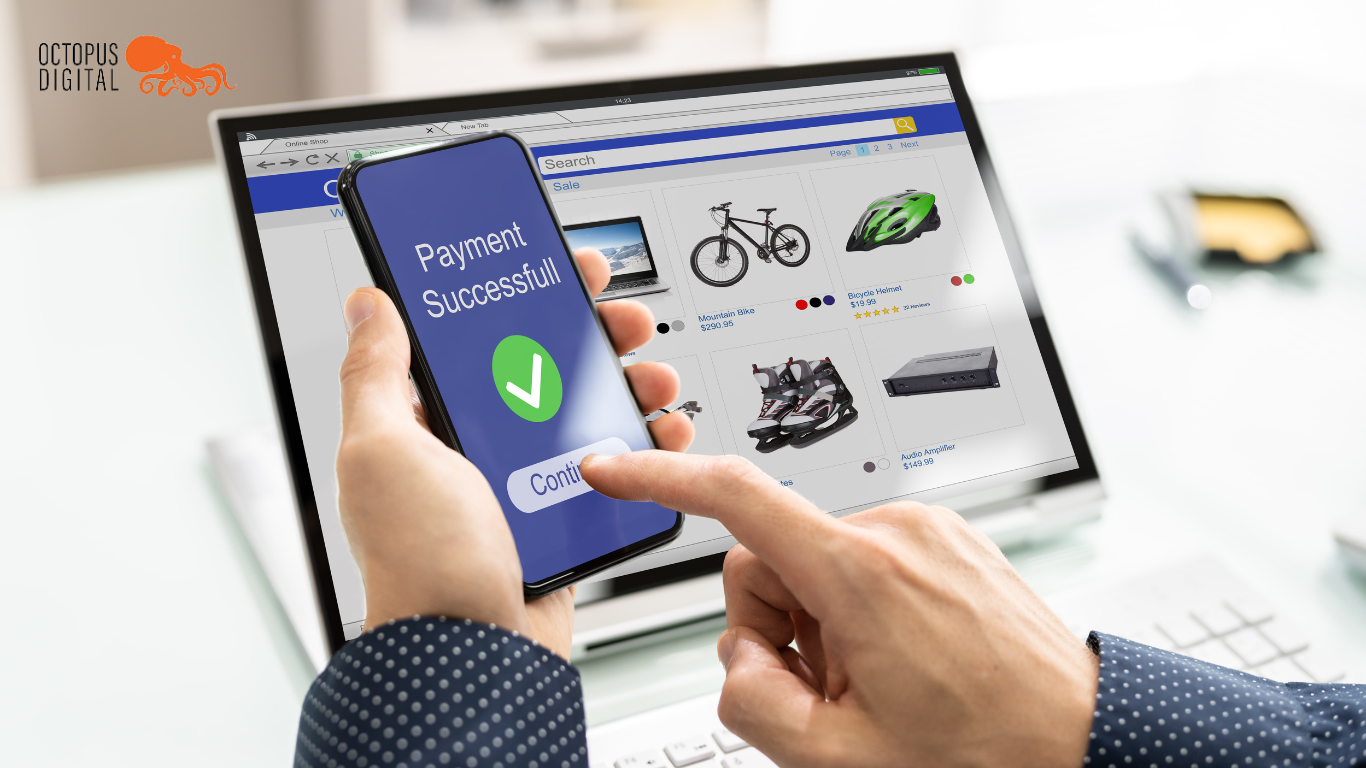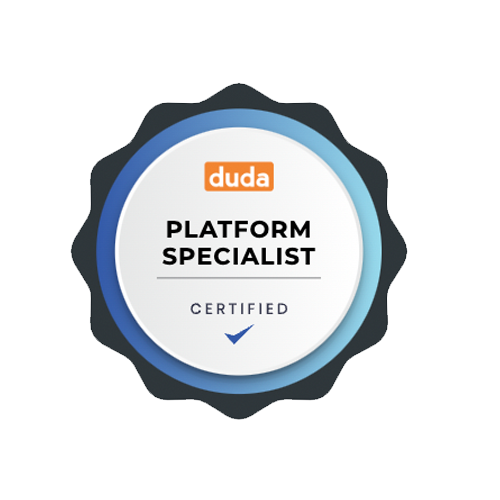5 Things your Website Should Include
In the past five years, a website's role has undergone a significant transformation. Where a website used to be a repository for information about a business, it's now a supplement to a bigger marketing plan.
By following these five steps, you can boost sales, build a customer base for your business, and stop losing business to competitors.
1. You should have a clear positioning statement on your website.
A website should promote the ideas you've established as the core message of your brand and should be an extension of your overall brand strategy. As a rule, customers need to be able to navigate to your website and know what you offer within five seconds. You're losing sales if it takes them over five seconds.
Avoid the curse o knowledge. The problem with knowledge is that it can be projected onto potential customers by businessmen who are overly knowledgeable about their own products and services. Yet, the majority of customers will only allow you a few seconds to make your pitch, therefore it needs to be simple.
Take action: Develop a concise positioning statement for your brand that is no longer than three sentences.
2. Your website needs to have a clear call to action.
Does your website now adequately describe how customers can use the services or products it describes? If your business is known for something, by all means, highlight that on your website and make it very clear how people should get it. This is known as "sailing in the direction of the wind.”
What needs to be the clear, straight call-to-action on your website? It should be an order placement request from your dominant revenue stream. And if your primary source of income calls for a consultation, a request for an appointment should be made. Whatever it is, you should highlight that button. Think about using a bright color and placing it on the upper right corner of your website. Moreover, make sure each page has it. Customers never stray too far from the button's ability to be pressed. You’d see how many sales you are missing out on as a result of making it too hard for the customers to buy the thing they really want from you.
Examples of direct calls to action:
• Buy Now
• Place an Order
• Get a Quote
• Book an Appointment
3. Your website needs to visually illustrate the benefits your customers will receive from using your products or services.
Keep in mind that a website is about your customer, not your business. Your website should be designed with your visitors in mind at all times. If potential clients decide to buy your products or services, you should depict that in the images on your website. Will they be happier? Then an image of satisfied and smiling customers should be used.
Do not be misled; your clients purchase your services to solve their problems. Also, when you display pictures of people who've got that problem solved, your clients will be more likely to seek to you for advice.
4. Your website should group your services into bite-sized categories
The idea here is that if you publish all of your services on your main page people will slog through them. Nobody wants to have as many options as you expect. Reason why Restoration Hardware has realised that just showing a few paint colors can boost interest.
Fewer options allow customers to concentrate more intently on the products that are on display. Can you group your products or services into two or three categories if you have a lot going on? Can you condense the services your business provides into your main sources of income? If this is the case, you can design a website that doesn't overwhelm your visitors.
5. A well-designed navigation menu
A website's navigation serves as a map for visitors to find the information they need quickly and efficiently. It should be intuitive and organized logically, with clear labels that accurately describe the content of each page. A well-designed navigation menu can help visitors explore the site and discover new content, increasing engagement and reducing bounce rates.
Additionally, having a responsive design that adapts to different devices and screen sizes is crucial, as more people are accessing the web on mobile devices. Overall, a user-friendly and well-structured navigation system is essential for creating a positive user experience on any website.
In conclusion, there are several key elements that should be included in your website to help ensure its success. By incorporating these five elements into your website, you can create a powerful online presence that engages and converts visitors into loyal customers!





















